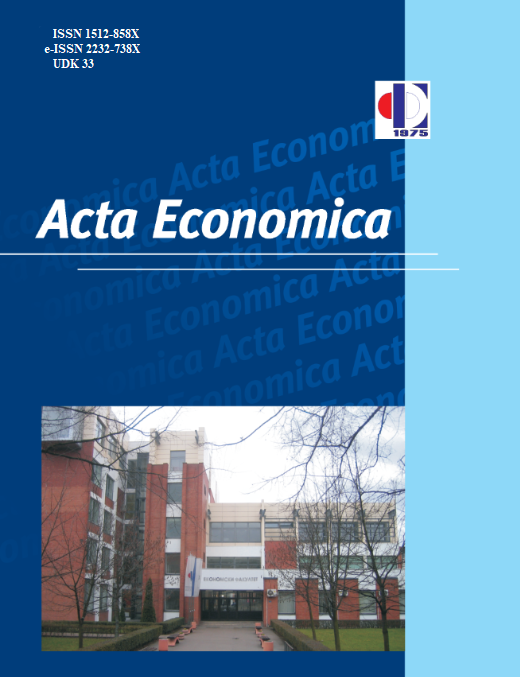(In)consistency of the Selection of the Method of Multiplicative Decision-Making
DOI:
https://doi.org/10.7251/ACE1829063RAbstract
The paper analyzes the main causes of the (in)consistency of the selected method of multiplicative decision-making: data normalization, weight coefficients and the application of the Likert scale for the purpose of measuring quantitative attributes. Normalized data in the methods of multitributive decision making represents the substitute for a subjective attribute ratings by decision makers. Since they are calculated on the basis of mathematical transformations of empirical data, one gains the impression that the choices basen on normalized values are „objective”. Therefore, the sensitivity analysis of the results has dealt exclusively with effects of weight coefficients on the final choices so far, while the potential impact of normalization is complitely ignored; meanwhile, the deformations caused by the normalization of data have been attributed to the effects of weight coefficients and their inevitable subjectivism. We intent to point out at the deformations of empirical values that are the result of normalization and which call into question the application of normalized values as a deci-sion base. It can be proven that the normalized values are an unrealiable
information base for decision-making. In addition, the (in)consistency of
selection methods of multi-attributive decision-making is also influenced
by changes in the method of measuring and formulating attributes.
Downloads
Published
2018-12-26
Issue
Section
Чланци

